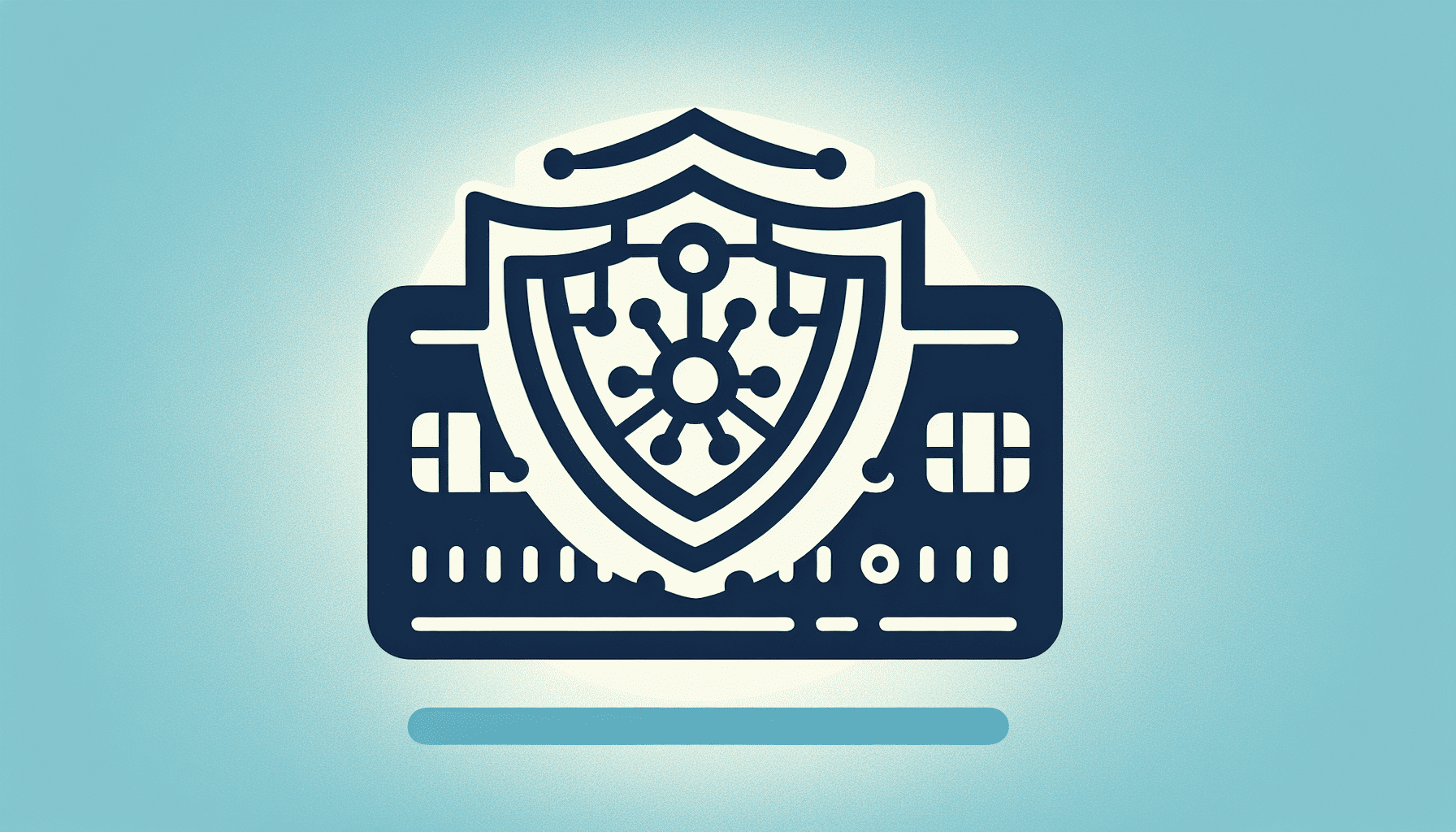In today's fast-paced digital world, the security of our financial transactions has become more critical than ever. As technology advances, so do the methods used by cybercriminals to exploit vulnerabilities in payment systems. Therefore, the adoption of secure payment methods is essential to safeguard our financial information and provide peace of mind during every transaction.
When engaging in any form of financial transaction, whether it be online shopping, mobile banking, or even in-store purchases, knowing that your financial data is protected can alleviate potential anxiety and stress. This assurance comes from implementing top-notch security protocols that many leading payment processors and financial institutions now offer.
One of the foundational elements of secure payment methods is encryption. This technology ensures that sensitive information, such as credit card numbers and bank details, is transformed into a secure code that can only be deciphered by authorized parties. End-to-end encryption, in particular, provides an additional layer of security since it guarantees that data is converted to a secure format the moment it leaves your device, remaining encrypted until it reaches the intended recipient.
Moreover, the rise of two-factor authentication (2FA) has been a game-changer in enhancing payment security. By requiring a second form of verification—such as a fingerprint, facial recognition, or a one-time code sent to your mobile device—users are afforded an added layer of protection. This method ensures that even if your password is compromised, unauthorized individuals cannot gain access to your financial accounts.
Tokenization is another powerful technique used to secure payment transactions. Instead of passing along your credit card number during transactions, a unique token is generated to represent your financial information. This token can only be used once and becomes useless if intercepted by a cybercriminal, thereby preserving the integrity of your sensitive data.
Biometric authentication is increasingly being integrated into secure payment systems. By utilizing unique biological characteristics like fingerprints or facial scans, biometric payment methods offer a personalized and highly secure means of verification. The difficulty of replicating biometric data makes it one of the most robust security measures available today.
Furthermore, trusted payment platforms and financial services providers often monitor transactions continuously for any irregularities. Using advanced algorithms and machine learning, they can detect and prevent fraudulent activities before they inflict any damage. These real-time monitoring systems provide an additional safety net, flagging suspicious transactions and notifying users promptly.
For those who prefer using mobile payment apps, it's crucial to choose well-established platforms with proven security track records. These apps often come equipped with automatic updates to address new security threats, keeping your payment processes secure and up to date.
Educating oneself about safe online habits is also a critical aspect of protecting your transaction details. Understanding the importance of using strong, unique passwords, being cautious about sharing personal information over unsecured networks, and recognizing phishing attempts can go a long way in fortifying your payment security.
In conclusion, with an array of sophisticated security protocols at our disposal, secure payment methods have become more robust than ever, offering peace of mind with every top-up and transaction. As technology continues to evolve, staying informed and choosing payment options with enhanced security features will safeguard your financial information in the digital age. Embrace these secure solutions and conduct your transactions confidently, knowing your data is protected.
